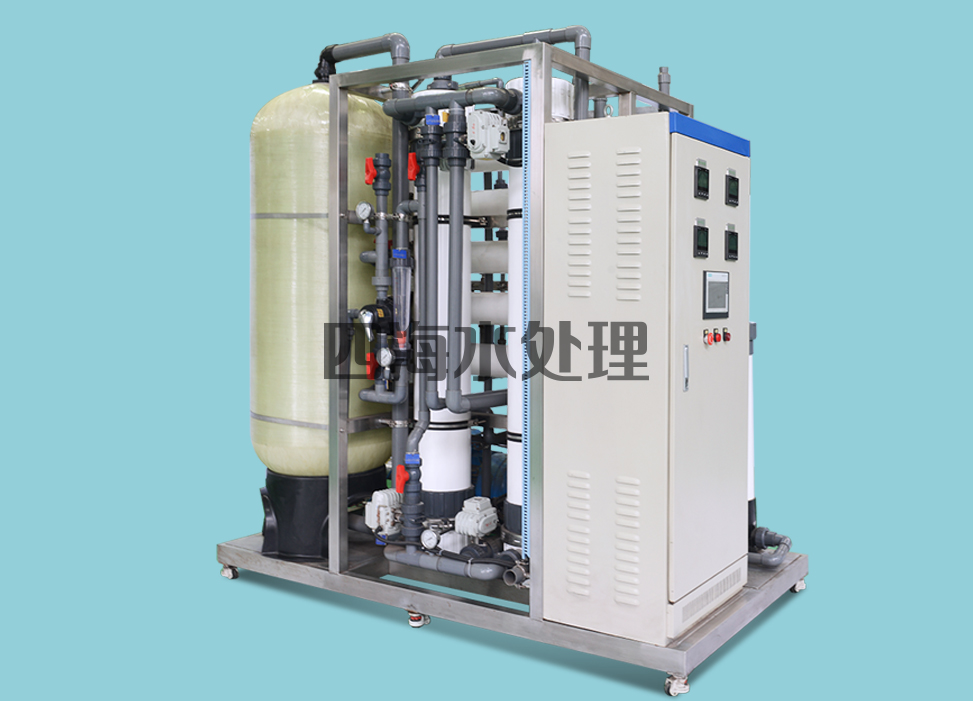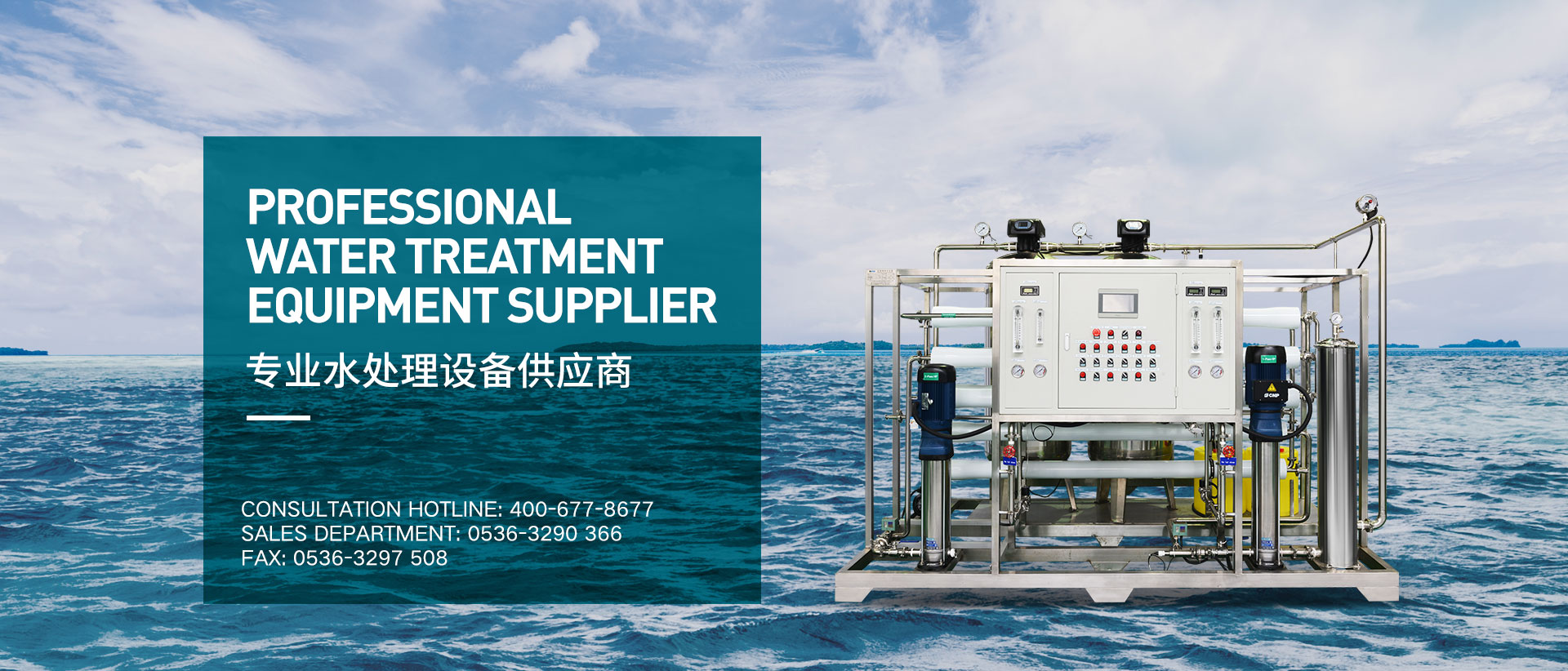Desalination equipment

Definition of Desalination
Desalination is the use of seawater desalination to produce fresh water. It is an open source incremental technology for water resource utilization. It can increase the total amount of fresh water. The reverse osmosis method is not affected by time and space and climate. The water quality is good and the price is gradually reasonable. It can ensure stable water supply for coastal residents’ drinking water and industrial boiler make-up water. The seawater desalination methods currently used include seawater freezing, electrodialysis, and distillation. Currently, reverse osmosis using reverse osmosis membranes has quickly occupied the market with its advantages of simple equipment, easy maintenance, and modularization of equipment. It has gradually replaced distillation as an application. Extensive methods.
Marine desalination equipment
Fully consider the customer’s requirements for design and production, and carry out a special design according to the particularity of the ship application. Its small size, light weight, small footprint, convenient installation and strong adaptability can be used in narrow and crowded cabins, decks, and crew. Cabins, aisles and other spaces. The equipment is easy to operate and maintain. As long as there is seawater and electricity, fresh water can be provided immediately after startup. The equipment has a high desalination rate, stable performance, safety and reliability, novel and clever design, avoiding frequent cleaning and no environmental pollution. Its frame is made of stainless steel, which is rust and corrosion resistant. The power supply has a wide range of applications (220-380415V / 50HZ / 60HZ / three-phase) and can adapt to most ships produced in China. The quality of desalinated water meets the national drinking water quality standards.
Reverse osmosis
In the reverse osmosis desalination process, only water molecules and a small amount of ions can pass through the reverse osmosis membrane, and other ions and impurities will be trapped and concentrated as the moisture decreases. This method is very energy efficient because there is no phase change. The pore size of the reverse osmosis membrane is <10 × 10-10 m. It can simultaneously filter out various bacteria, viruses, heat sources and other pollutants, and obtain high-quality pure water. Low production costs with low salinity and other impurities.
Reverse Osmosis Process Demo



 Phone
Phone Message
Message